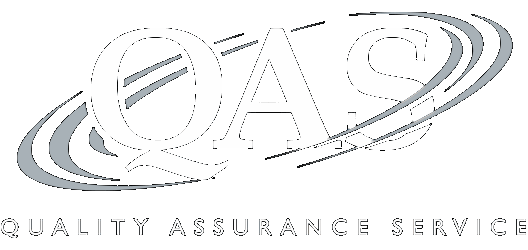Cash Flow Statements: Preparing and Reconciling, Defining Cash, Direct vs. Indirect Methods, Classifying Transactions
Recording of a 110-minute CPE video webinar with Q&A
This webinar will address the preparation of the cash flow statement in accordance with FASB ASC 230 and offer practical advice to expedite its completion and properly report its components. Our panel of accounting professionals will provide comprehensive examples, illustrative cash flow statements and walk you through reconciling the entries on the cash flow statement with other required financial statements.
Outline
- Introduction: purpose of cash flow statements
- Guidance--FASB ASC 230 Statement of Cash Flows
- Methods
- Direct
- Indirect
- Sections of the cash flow statement
- Special items
- Disclosures
- Reconciliation and worksheets
- Common errors
- Illustrative examples
Benefits
The panel will cover these and other critical issues:
- Reconciling the entries of the cash flow statement
- When the direct method should be selected for preparation of the cash flow statement
- Common errors to avoid when preparing the cash flow statement
- Reporting special items on the cash flow statement
- Required cash flow statement disclosures
Faculty

Meg Hampton, CPA, MAcc
Partner
Anglin Reichmann Armstrong
Ms. Hampton is a Manager in the Audit and Assurance Department. She attended the University of Alabama, where she... | Read More
Ms. Hampton is a Manager in the Audit and Assurance Department. She attended the University of Alabama, where she earned a Master of Accountancy in 2009 and a Bachelor of Science in Accounting, graduating cum laude in 2008. Ms. Hampton has over 12 years of experience in public accounting, providing audits, reviews, compilations, and preparations of financial statements to clients in various industries. She is certified as a Peer Review Captain and works with the peer review team to provide value to firms around the country. In addition to these services, Ms. Hampton has several years of experience in solutions and tax and provides support to clients in these areas. Her industry focus includes government contracting, employee benefit plans, construction, and not-for-profit agencies.
Close
Katina Peters, CPA, CGMA
Owner
Peters, Johnson, Staley & Co.
Ms. Peters is a business growth and profitability advisor with a passion for helping clients achieve their dreams. She... | Read More
Ms. Peters is a business growth and profitability advisor with a passion for helping clients achieve their dreams. She works with service-based businesses, focusing her expertise on law firms and construction contractors. Ms. Peters utilizes her credentials, education and 20+ years of experience as a Certified Public Accountant and Chartered Global Management Accountant in providing clients with insight to their business and acts as a partner in strategic planning and execution.
Close
